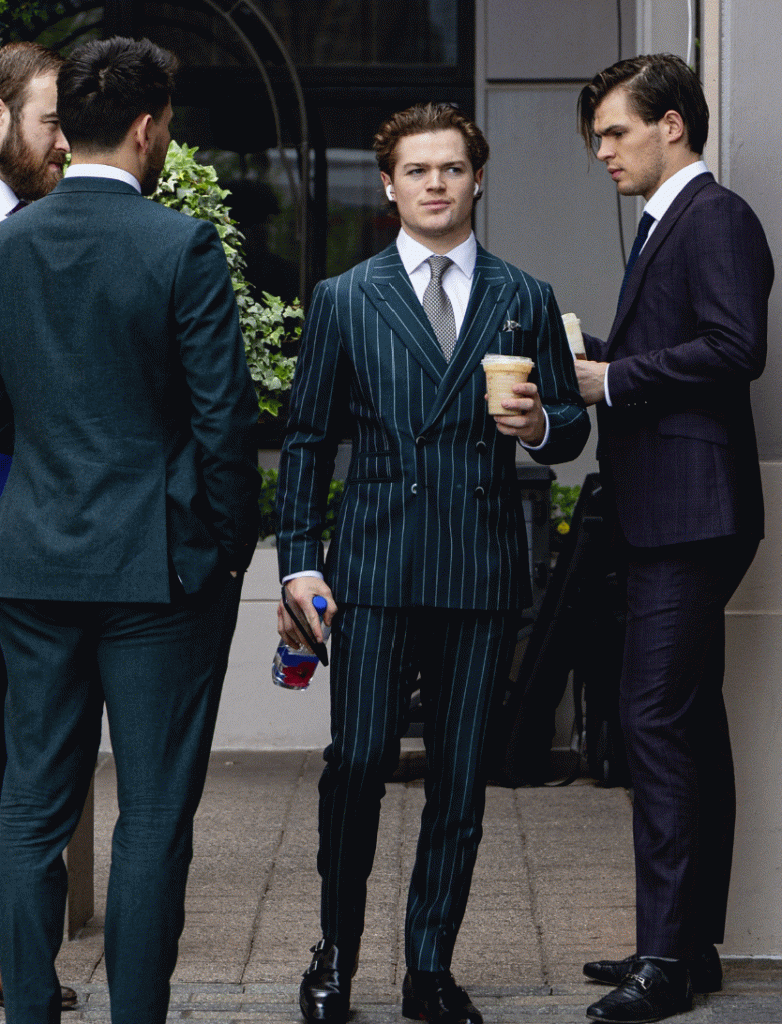The NHL (National Hockey League) and NHLPA (National Hockey League Players’ Association) have endorsed a new Collective Bargaining Agreement (CBA) that will last till 2030. This CBA will ensure that both the league and players can work together without any labour disputes.

The CBA also brings new changes to the NHL, and some of these changes will be welcomed by the players. The new CBA is structured to allow players to focus on the success and growth of the game. It also provides a solid foundation for the league to explore new opportunities such as fantasy hockey leagues, special fan events, and in play odds, a feature that lets fans place bets on specific moments or outcomes as the game unfolds in real time.
The CBA also added a new rule that stops teams and general managers from mandating a dress code. For years, NHL teams have controlled the choices their players make when it comes to dressing. Some general managers have been very strict when it comes to the dress code and appearance. Lou Lamoriello, former GM of the Islanders, used to stop his players from keeping facial and long hair.
Under the new CBA, dress codes will now be a thing of the past. Although the agreement stops teams from enforcing specific dress codes, it states that players should dress in a contemporary manner.
However, this new rule feels vague and can be interpreted in many ways. There’s the question of what contemporary fashion norms mean. Do players wear tracksuits that were popular in 2020, or do they wear suits or fashionable pants? Although these questions surround the rule, it was introduced to give players the ability to express themselves through dressing and wear more comfortable clothing when coming to the games. It would be interesting to see how the players interpret this rule.
Apart from the dress code rule, the CBA also brings new changes to the actual gameplay. This includes a shift to an 84-game regular season, which will have reduced exhibition games. The CBA introduces a playoff salary cap and shorter maximum contract lengths. It also stops Emergency Backup Goalies (EBUGs) from entering games. Instead, each team will have a dedicated backup goalie for each game. These changes will help improve the competitiveness and structure of the league.
On health, the CBA mandates that from the 2026-27 season, new NHL players will wear a neck guard. Following the tragic death of Adam Johnson after suffering a skate cut in his neck during an EIHL game, many leagues have been advising their players to wear neck guards, with some leagues making it necessary for junior players to wear them. The AHL (American Hockey League) endorsed the use of neck guards before the 2024-25 season, and now the NHL has joined the trend. While many older players have opted against wearing them, the NHL has made it compulsory for players whose careers start during and after the 2026-27 season.
NHL Commissioner Gary Bettman said he was happy that the NHL and NHLPA could come to an agreement on the CBA. He stated that the agreement between both parties was stronger than ever, and it will lead to the growth and success of the NHL in the coming years.
